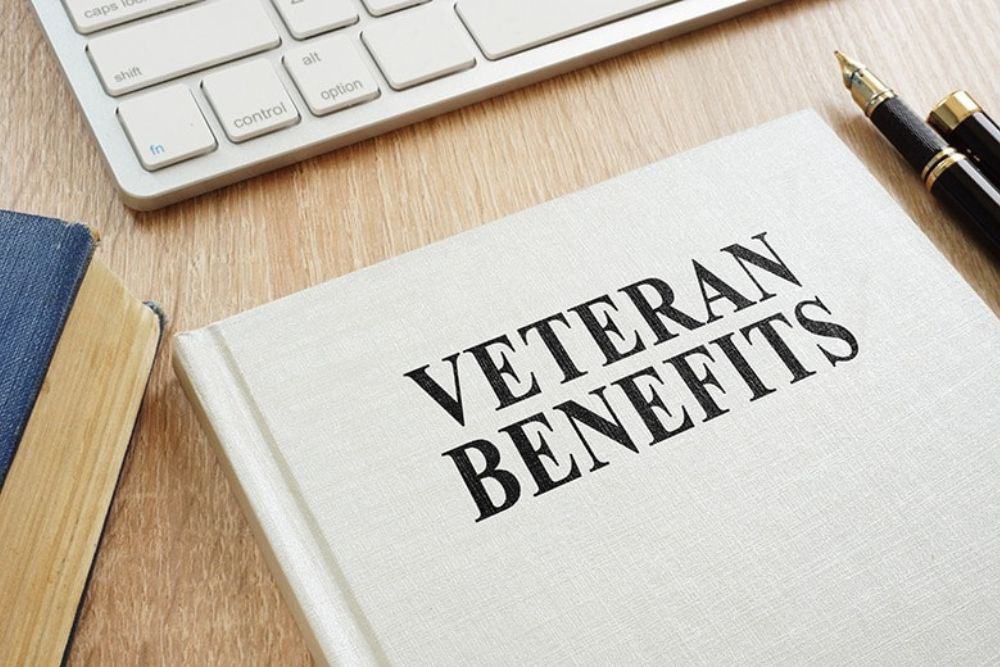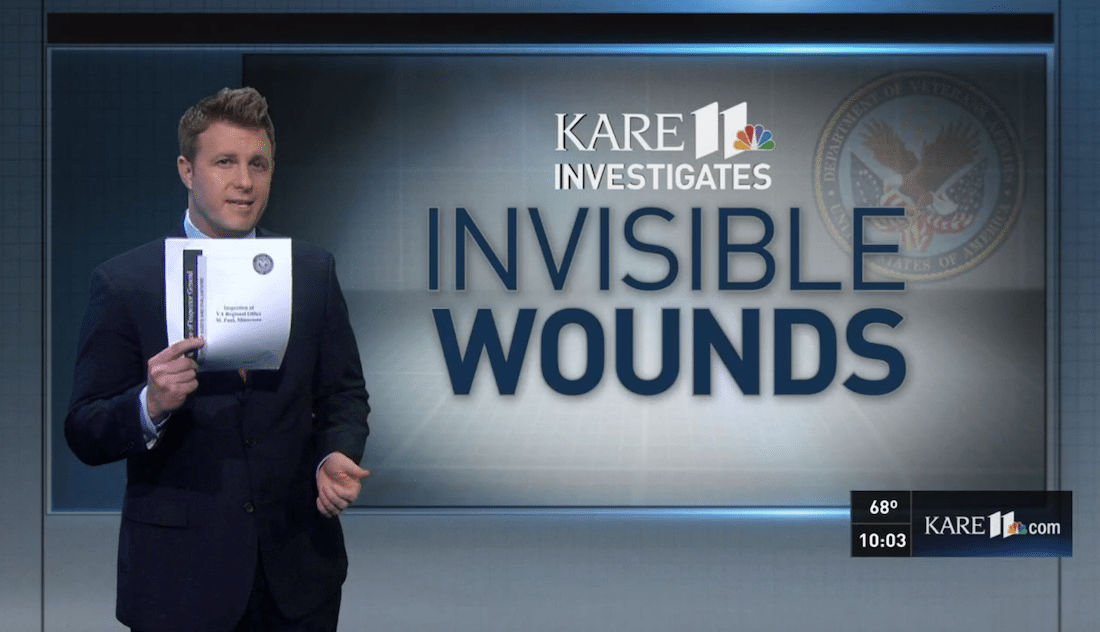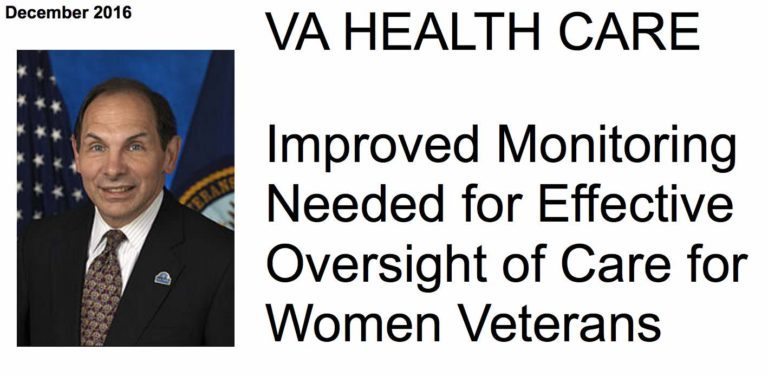Can You Get CRSC and 100% VA Disability?
One of the most challenging disability claims a veteran can face is fighting for Combat-Related Special Compensation. But how much is that affected by a 100% VA Disability rating?
When veterans face injuries or disabilities due to their service, they may be entitled to various forms of compensation and benefits. Among these benefits are Combat-Related Special Compensation (CRSC) and 100% VA Disability. However, many veterans wonder if they can receive both CRSC and 100% VA Disability simultaneously. In this article, we will explore the eligibility criteria, application process, benefits, and other essential aspects of obtaining both CRSC and 100% VA Disability.
The short answer is, “You betcha.”
Understanding CRSC and VA Disability
What is CRSC?
Combat-Related Special Compensation (CRSC) is a benefit offered to veterans with disabilities resulting from combat-related injuries or incidents who are medically retired from the military. It is adjudicated by the Department of Defense DOD.
CRSC aims to provide financial compensation to veterans, and especially combat-wounded veterans, whose military retirement pay is offset by the VA disability compensation they receive. Due to rules against concurrent receipt of disability and medical retired pay, many veterans are only able to receive the greater of the two rather than both. CRCS provides an opportunity for veterans with injuries that are combat-rated to receive compensation through the DOD process as well as through the VA Disability process.
What is 100% VA Disability?
A veteran with a rating of 100% VA Disability has a rating that is generally considered the highest level of disability rating assigned by the Department of Veterans Affairs (VA). Veterans rated as 100% disabled are those whose service-connected disabilities prevent them from engaging in substantial, gainful employment.
There are multiple ways a veteran can have a 100% rating for VA Disability purposes. These are usually called Regular Schedular and Extra-Schedular. A Regular Schedular rating is where all the individual ratings add up to 100% using VA math. An Extra Schedular rating like Total Disability Individual Unemployability (TDIU) may be awarded where ratings do not add up to 100% but where the veteran is unemployable due to their disability.
Differences between CRSC and VA Disability
The primary difference between CRSC and 100% VA Disability lies in their eligibility criteria and purpose. CRSC compensates veterans for combat-related disabilities that impact their retirement pay, while 100% VA Disability provides financial support to veterans based on the impact of their service-connected disabilities after being evaluated by VA examiners.
Eligibility for CRSC and 100% VA Disability
CRSC Eligibility Criteria
To be eligible for CRSC, veterans must meet certain requirements:
- Have a military-related disability rating from the VA
- Receive military retirement pay
- Have their VA disability compensation offsetting their retirement pay
Eligibility for 100% VA Disability
To qualify for 100% VA Disability, veterans must meet the following criteria:
- Have at least one service-connected disability rated at 100%
- Be unable to maintain substantial, gainful employment due to their service-connected disabilities
- How to Apply for CRSC and 100% VA Disability
Application Process for CRSC
Veterans can apply for CRSC through their respective military branches. They need to complete the CRSC application and provide supporting documentation, such as medical records and evidence of combat-related injuries.
For example, the Secretary of the Navy advises filling out the DD Form 2860 for the Navy CRSC Board. The Navy CRSC website suggests filing the claim via email to [email protected].
SEE: https://www.secnav.navy.mil/mra/CORB/pages/crscb/uycs.aspx
Application Process for 100% VA Disability
What I am about to say may seem obvious, but few if any veterans actually apply for a 100% rating straight out of the gate. It is usually obtained after a long and drawn out process over many years of low ratings eventually leading up to a 100% rating.
However, a veteran can apply for 100% rating straight away depending on the severity of their initial rating or ratings. For example, veterans with total and complete work preclusion based on a mental health condition that is service connected (meaning they cannot work) can get a solitaire 100% rating depending on the supporting evidence.
To apply for 100% VA Disability, veterans need to submit a claim to the Department of Veterans Affairs. The claim should include relevant medical evidence and documentation supporting the 100% disability rating.
Benefits of Receiving Both CRSC and 100% VA Disability
Financial Compensation
By receiving both CRSC and 100% VA Disability, veterans can significantly enhance their financial stability. CRSC compensates for the loss of retirement pay due to VA disability compensation, while 100% VA Disability provides additional financial support.
Health Care Benefits
Veterans eligible for both CRSC and 100% VA Disability are entitled to comprehensive health care benefits. These benefits cover medical treatments, medications, and other necessary health services related to their service-connected disabilities.
Impact on Other Benefits
Impact on Social Security Disability Benefits
Receiving CRSC and 100% VA Disability generally does not affect veterans’ eligibility for Social Security Disability benefits. These benefits are separate from VA benefits and can be received concurrently.
Impact on Military Retirement Pay
Since CRSC compensates for the offset of military retirement pay, veterans can still receive a percentage of their retirement pay based on a CRSC award and 100% VA Disability.
Common Misconceptions and FAQs
Can I Receive Both CRSC and Concurrent Retirement and Disability Pay (CRDP)?
No, veterans cannot receive both CRSC and CRDP at the same time.
CRDP restores retired pay for veterans with a VA disability rating of 50% or higher, while CRSC compensates for the offset of retirement pay due to VA disability compensation. For veterans entitled to both, DFAS will automatically apply the entitlement of the most beneficial benefit based on the gross amount of each entitlement.
Will Receiving CRSC Affect My Taxable Income?
No, CRSC is non-taxable and does not affect veterans’ taxable income.
Can I Still Work While Receiving CRSC and 100% VA Disability?
Yes, veterans can still work while receiving both CRSC and 100% VA Disability. There are no restrictions on employment for veterans receiving these benefits.
How Long Does It Take to Get Approved for CRSC and 100% VA Disability?
The processing time for CRSC and 100% VA Disability applications may vary. It can take several weeks to several months to receive a decision.
Can I Appeal a Decision If My Application is Denied?
Yes, veterans have the right to appeal if their CRSC or 100% VA Disability application is denied. They can follow the appropriate appeals process to seek a reconsideration of their case.
Veterans can be eligible for both Combat-Related Special Compensation (CRSC) and 100% VA Disability if they meet the respective eligibility criteria. By applying for and receiving both benefits, veterans can receive additional financial compensation and access to comprehensive health care services. It is essential for veterans to understand the differences between CRSC and 100% VA Disability and carefully follow the application process to ensure they receive the benefits they deserve.




